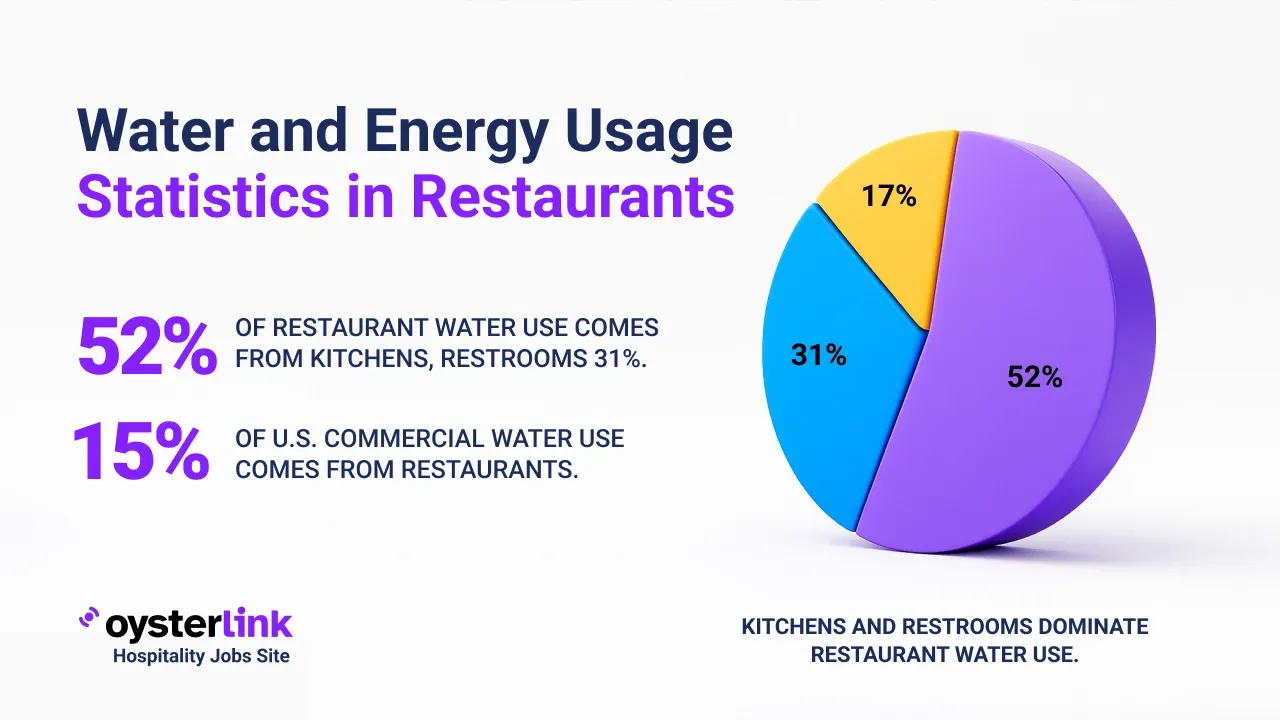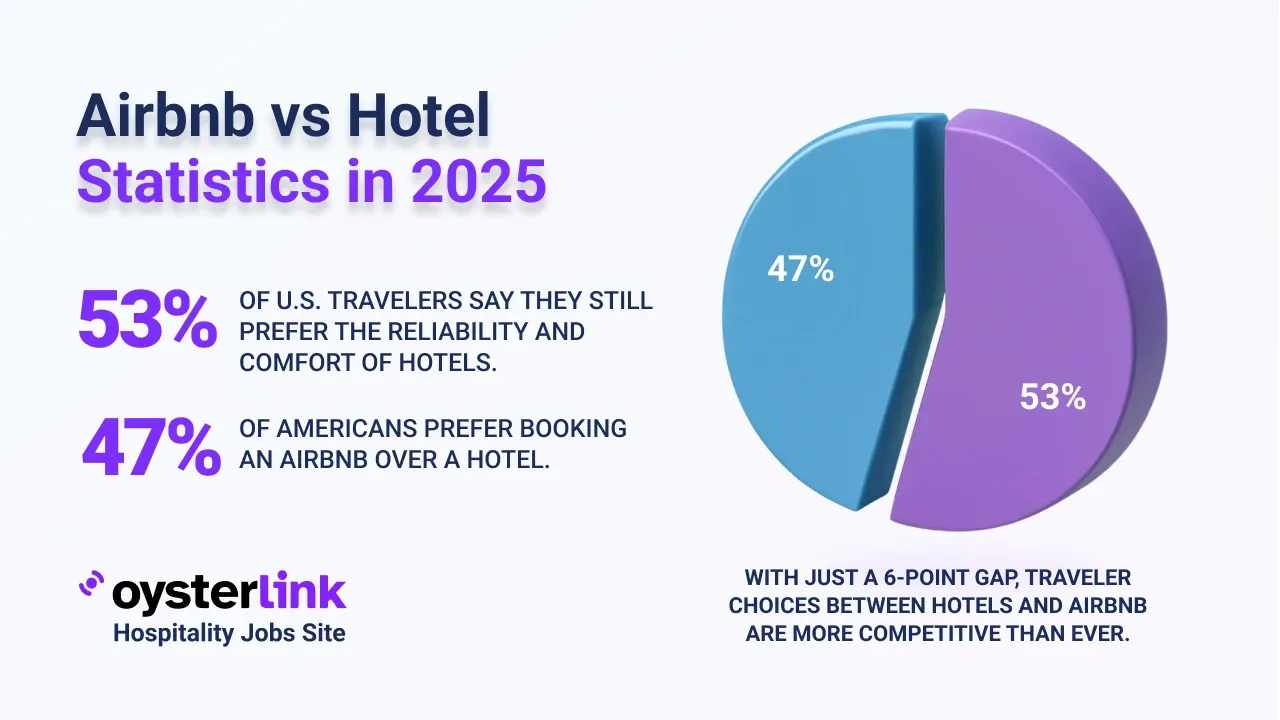Overtime Budgeting for Cashier in Phoenix: Key Takeaways
- Arizona’s minimum wage is $14.70/hour as of 2025, with overtime pay at $22.05/hour for hours over 40 weekly
- Overtime costs can quickly escalate; 10 hours of overtime per cashier weekly adds $220.50 per employee in labor costs
- Effective staffing strategies like optimized scheduling, forecasting, and clear policies help control overtime expenses
Managing overtime for cashiers in Phoenix directly impacts labor budgets and operational success.
This article explores cost implications and practical staffing strategies to reduce overtime expenses while maintaining service levels.
For employers looking to refine their hiring process, our guide to hiring a cashier offers actionable tips to find the right candidates efficiently.
Understanding Overtime Cost Impact for Cashiers in Phoenix
Under Arizona law, non-exempt employees such as cashiers must be paid overtime at 1.5 times their regular hourly wage for hours worked beyond 40 in a workweek.
With the state minimum wage set at $14.70/hour effective January 2025, the overtime rate is $22.05/hour. This premium rate significantly increases labor costs when cashiers exceed their standard hours.
For example, a cashier working 10 hours of overtime adds $220.50 per week in overtime wages alone, on top of regular pay. When multiplied across multiple employees, these costs can severely strain a retailer’s labor budget and cut into profitability.
Therefore, employers must carefully budget for overtime and utilize methods to minimize excessive extra hours.
To understand cashier roles better and improve recruiting, employers might find the cashier job description useful for creating clear expectations.
Strategies for Overtime Budgeting and Staffing for Cashiers in Phoenix
1. Optimize Employee Scheduling Based on Demand
One of the most effective ways to limit overtime is to align cashier shifts precisely with customer traffic patterns.
By analyzing historical sales and foot traffic data, retailers can schedule staff to cover peak hours without excess overlapping time, reducing unnecessary overtime.
Strategic scheduling reduces unplanned overtime and allows managers to allocate labor dollars more efficiently throughout the week.
For additional insights on managing restaurant staffing effectively, the restaurant staff hiring spotlight provides valuable strategies to attract and retain the right personnel.
2. Utilize AI-Powered Sales Forecasting Tools
Artificial intelligence-driven forecasting platforms analyze multiple factors, including recent sales trends and seasonal fluctuations, to predict labor needs with greater accuracy.
Managers equipped with these insights can proactively craft staffing plans that prevent overtime by meeting demand just right, rather than relying on reactive or overly cautious scheduling.
3. Implement Real-Time Time-Tracking Systems
Deploying time-tracking technology allows supervisors to monitor hourly worked in real-time and identify when employees approach overtime thresholds.
This visibility enables quick adjustments to employee schedules, such as sending staff home early or redistributing shifts, preventing unintentional overtime accumulation.
Learn more about hidden costs of working off the clock and how proper time-tracking can protect your labor budget.
4. Cross-Train Employees for Role Flexibility
Developing a workforce where cashiers are skilled in multiple positions creates staffing flexibility.
If fewer cashiers are needed at certain times, trained employees can be reassigned to other tasks or departments, optimizing headcount and reducing the volume of overtime hours required.
5. Review and Adjust Staffing Levels Regularly
Conduct routine evaluations of store traffic and sales trends to revise staffing plans accordingly.
Having adequate baseline staffing prevents overtime spikes during busy periods. Temporary or part-time hires can also fill gaps during seasonal demand surges, minimizing the burden on regular employees.
6. Develop Clear Overtime Policies and Communications
Establish transparent overtime rules clearly defining when overtime is authorized and the approval process for extra hours.
Clear policies prevent unscheduled overtime and ensure employees understand the cost implications and management expectations.
Employers looking to develop comprehensive overtime policies can benefit from the HR policies for restaurant spotlight, which includes templates and best practices.
Best Practices to Manage Cashier Overtime Costs Effectively in Phoenix
- Regularly analyze labor cost reports for overtime trends and address issues quickly
- Leverage software tools for scheduling, forecasting, and tracking to improve precision
- Communicate frequently with employees about scheduling and overtime policies to maintain engagement and compliance
- Consider incentive programs encouraging employees to voluntarily adjust hours or swap shifts to avoid overtime
Resources for Employers Managing Overtime in Phoenix
For more detailed guidance and updates on labor laws and overtime requirements, consult these official sources:
- U.S. Department of Labor – Fair Labor Standards Act (FLSA)
- Arizona Department of Labor
- Arizona Minimum Wage Information
Employers interested in upskilling their cashier team should explore cashier-specific interview questions to better assess candidates during recruitment.
Overtime Budgeting for Cashier in Phoenix: Conclusion
Overtime for cashiers in Phoenix represents a significant labor cost factor influenced by Arizona’s wage laws and 1.5x overtime pay requirements.
Implementing thoughtful scheduling, forecasting, tracking, and staffing strategies helps retailers contain these costs while maintaining high service standards.
By continuously monitoring labor needs and transparently communicating policies, businesses can optimize cashier labor budgets and boost operational efficiency.


.webp)
.webp)

